My project would benefit from power supply with two modes selected by a switch. The 'normal' mode is full voltage (±13.5V) at full current (~5A), the 'high' mode is double voltage (±27V) at half current (~1.8A, see note 2). I came up with pretty basic doubler/rectifier circuit with the circuit ground either being connected to a transformer winding or being disconnected from it.

simulate this circuit – Schematic created using CircuitLab
According to my simulations the switch would need to handle quite high peak currents, up to 60A with a 27V 5A transformer. The question is, how should I design the switch? At currents this high relays tend to get rare and expensive. Also, automotive relays for instance are usualy spec'ed for 14VDC so there is a bit of uncertainity there too. The switching would need to occur a few times in an hour at most, but I'm trying to design for longevity anyway.
Is there a better way to design such a supply? Without buying another transformer that is.
Note 1. Ideally I would use a proper transformer with center-tapped or dual windings. However, this is not really an option, transformers get kinda expensive and hard to find where I live. So I have to compensate for that with schematic tricks. I also don't mind extra capacitance in the filter, capacitors are easier to get.
Note 2. I understand that at high mode there will be less than half of maximum current due to increased peak current and thus heating.